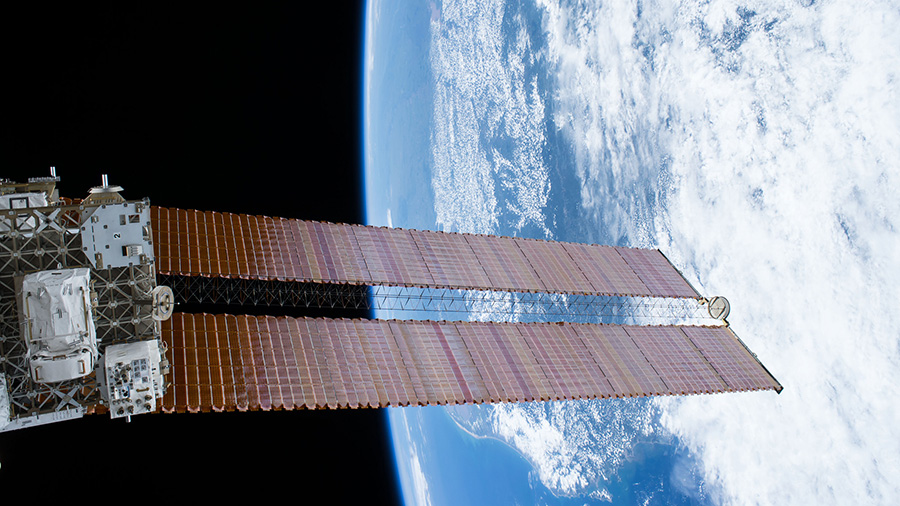Biological Rhythms 48-Hour: Kelly began his third and final Biological Rhythms experiment today, preparing and starting the Actiwatch and donning a Holter Monitor to collect Electrocardiogram (ECG) measurements for 48 hours. Biological Rhythms 48 hours studies the effects of long-term microgravity exposure on heart function by analyzing an astronaut’s electrocardiogram for 48 hours. While the …































